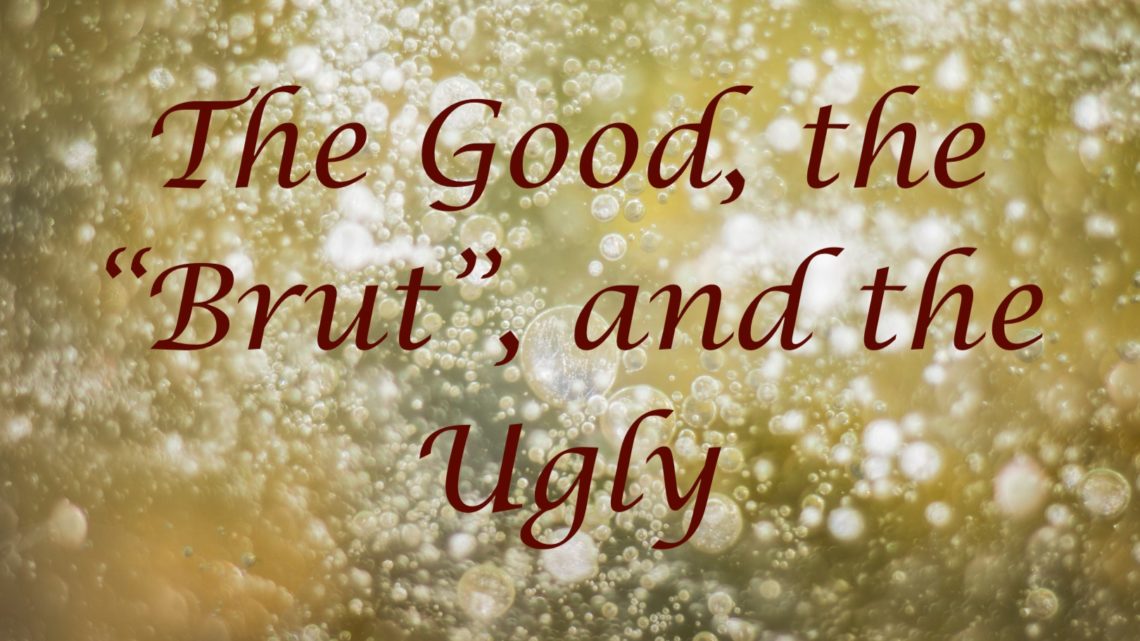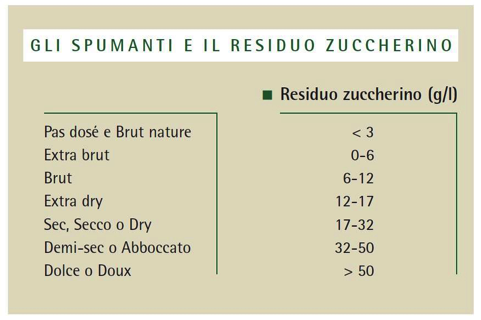
At holiday dinner parties, you know, the sparkling wine is inevitable.
Bottles, slightly rounded in shapes and with slender necks, stand out in the centre of large tables, ready to be uncorked. But the toast moment is a real show-down.
Flying corks and tinkling champagne glasses introduce the main question: will the guests like the sparkling wine you chose?
Standard judgment is usually based on sweetness.
Sweet flavour lovers turn their nose up in front of dry sparkling wine while dry flavour supporters getting nervous at the mere sight of the label “dolce” on the bottle. The compromise solution is the widespread brut sparkling wine which, although it is slightly dry, usually satisfy everybody, so far that the word “brut” is almost a flavour itself.
A frequent question at holiday dinner parties is: what king of sparkling wine have you chosen: sweet, dry or “brut”?
The word “brut” just identify the sugar residue of a sparkling wine (expressed in grams per litre). The following table lists sparkling wines classification based on their sugar residue.

So the determining factor of a sweet/dry perception of a sparkling wine is just the sugar residue, where the more is the residue, sweeter will be perception of the wine.
The previous table will help to choose the sparkling wine with more awareness and to satisfy your guests tastes, so that the toast moment will be no longer a difficult one.
Now the next challenge will be explaining your guests why a dry sparkling wine is not dry.
Good luck!
(Fabrizio)